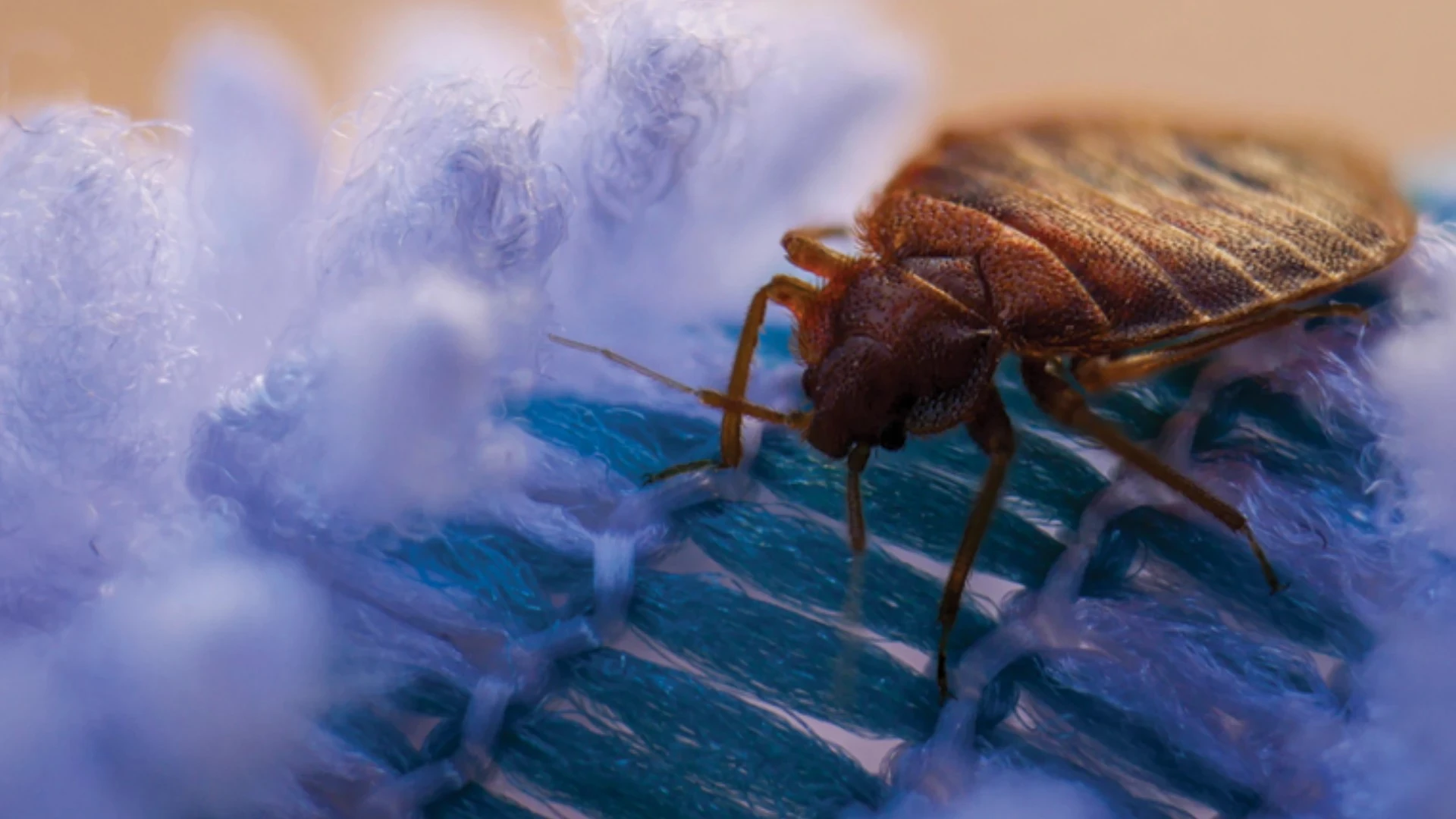IPM, the newest buzzword, is widely used by many pest controllers to impress clients that their Integrated Pest Management service is friendly to the environment. They are capitalizing on mounting concerns and public perception that traces of toxicants are hazardous to the health of humans and pets. Occasional accidents by pest control technicians have fanned the fervor of some environmentalists who are intent on banning all pesticides.
This has spawned a spate of publications about the use of alternatives to toxicants. Millions of dollars are given to entrepreneurs who are exploiting a gullible public with claims of success with their alternative devices to control pests. These include ultrasonics, electro-magnetic devices, electric flea traps and other equipment. It is a Myth Conception that any of these devices were shown to be efficacious in controlled lab tests. Dr. Phil Koehler of the University of Florida tested nine different pest control devices and found no difference when they were turned on or off. Dr. William Lyon of Ohio State University, Columbus, Ohio, finds that some companies continue to sell their devices under a different brand name after getting an order to cease and desist. He has written extensively on use-less nostrums for pest control. Biologist William Fitzwater said, “It is easier to outsmart humans than it is to outsmart dumb animals.”
Biological warfare has long been used in agriculture to suppress pests. The desire to apply this alternative to urban pest problems is natural. This is not always feasible or practical. Imagine bring-ing in phorid flies to control a fire ant nest in a home or parasitic wasps to kill cockroaches. P. B. Cornwell, in The Cockroach, states that in other countries, a hedgehog is sometimes kept in the kitchen to control cockroaches.
While IPM in agriculture tolerates a low level of infestations in the field, in a home or hospital, the bottom line is zero tolerance.
ANTS FOR CONTROL? A suggestion has been made that Argentine ants could be used to control subterranean termites. Argentine ants are truly voracious pred-ators on any earth-dwelling arthropod. They will attack as many termites as they can reach. I asked Dr. Nan-Yao Su, noted termite researcher, for his opinion. He asked, “Why are subterranean termites doing so well in areas densely populated by Argentine ants?” He claims that when a handful of termites are attacked, the colony immediately builds barriers to block further entry. In the Handbook of Pest Control, 8th Edition, Stoy Hedges devotes two and a half pages to the beneficial role of ants, but five pages to the harmful aspects.
In a booklet Tiny Game Hunting by H. D. Klein and A. M. Wenner, ants are recom-mended to control cockroaches, termites and other pests. For ants indoors, they suggest soapy water and, among other things, black pepper, a line of chalk and daily application of lemon juice. Planting tansy and peppermint around garbage cans is supposed to deter ants. For cockroaches, repellents such as bay leaves, cucumber, garlic and horse apples are suggested. Keep-ing a gecko lizard was another remedy to control cockroaches. To repel pantry pests, beside bay leaves, the authors suggested unwrapped sticks of spearmint gum on the shelf.
If the Environmental Protection Agency continues to bow to the pressure exerted by the zero tolerance advocates, we may have no choice but to use hedgehogs, geckos and the li’l Hummer vacuum to keep cockroaches under control.
Harry Katz, a contributing editor to PCT, may be contacted at Berkshire E-3076, Deerfield Beach FL 33442, 954/427-9716.

Explore the March 1999 Issue
Check out more from this issue and find your next story to read.
Latest from Pest Control Technology
- Rentokil Terminix Expanded in Key Markets with 2024 Acquisitions
- In Memoriam: Joe Cavender
- Certus Acquires Green Wave Pest Solutions
- Liphatech Adds Alex Blahnik to Technical Team
- Do the Right Sting: Stinging Insect Identification, Management, and Safety
- VAGA's 8th Annual Veterans Thanksgiving Appreciation Dinner
- Clark's Blair Smith on the Response to Increased Dengue Fever Cases in Southern California
- WSDA, USDA Announce Eradication of Northern Giant Hornet from U.S.





